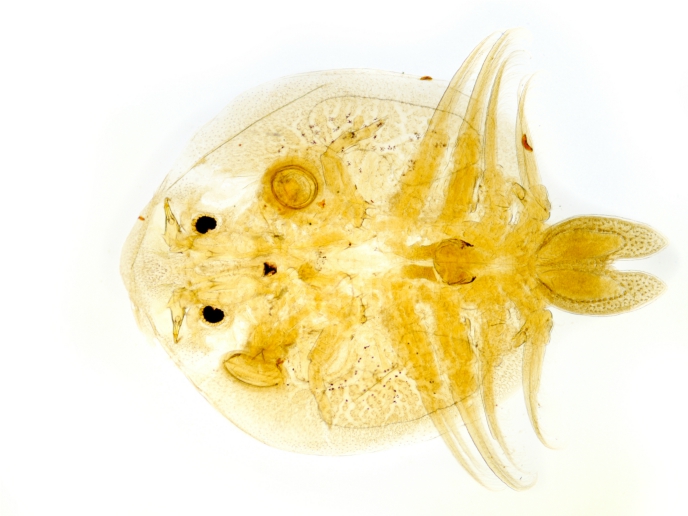A green approach against sea lice
Infection by the parasite Lepeophtheirus salmonis or salmon louse presents a major challenge to the health of the sustainable aquaculture industry. This copepod crustacean feeds on salmon's skin and blood to survive. Although finding a host in the wild is difficult for the parasite, in fish farms the high fish density facilitates lice infestation, leading to commercial damage. An innovative approach Undoubtedly, the industry needs to invest in preventive yet environmentally friendly measures alongside tools for certifying the health of fish in professional sea farms. The EU-funded SPG project was designed to validate a unique, chemical-free and cost-effective approach for preventing sea lice infestation in salmon farms. "Our approach is based on the Seafarm Pulse Guard (SPG) patented technology that employs electrical pulses to inactivate crustacean parasites before they attach to the fish," says project coordinator and Seafarm Development AS (SFD) CEO, Stein Åge Davidsen. The SPG system consists of vertical cables that surround the fish cage mesh and transmit power pulses horizontally in the water. The duration and frequency of the pulses can be controlled to stop infestation within the cage and prevent it spreading into the surrounding marine ecosystem. Results so far demonstrate a 90 % reduction in sea lice infestation, representing a significant saving in treatment costs. "Our main focus was to verify the potential of the technology as a more sustainable parasite control approach for fish," continues Davidsen. Project partners had to overcome a number of technical issues associated with the power input to the electrodes and optimised subsystem technologies. The developed prototype was subsequently validated in a large-scale, real-life environment. Researchers tested the technology on commercial sites of the sea-farming company Bolaks in Norway for one cycle of salmon breeding, with extremely satisfactory results. The future of the SPG technology The main advantage of the SPG system is that it has no environmental impact. While most technologies against sea lice are reactive and involve harsh chemicals, which damage or weaken fish, the SPG green technology leaves fish untouched. In addition, SPG is compliant with the strictest fish welfare standards, while reducing overall operational costs by 20 %. Furthermore, there is no possibility of the parasites developing resistance to the treatment as is the case with certain drugs or chemicals. According to Davidsen, partners are currently "looking for industrial investors to expand beyond the Norwegian market, in Europe, North America and Chile". He is confident regarding the future of the SPG technology: "SPG will be the only preventive solution in the market capable of increasing the sustainability of existing sea salmon farming sites." Existing commercial agreements with Norwegian sea-farming companies allow SFD to be hopeful for the future of the technology, with an expected revenue of EUR 84 million and accumulated profits projected to reach EUR 42 million by the end of 2023. Considering that fish farming is required as part of the drive to meet the demand of the world's expanding population, addressing the issue of salmon lice is of paramount importance. SPG proposes a methodology for treating infection outbreaks that improves the marketability of farmed fish and does not damage marine ecology.
Keywords
SPG, fish, salmon, lice, infestation, aquaculture

